These photos were taken almost exactly 6 years ago, and as I was recently reminded of them, I decided to go back and both re-visit and re-edit some of what I originally shot.
The village was a combination of open, sealed and collapsed structures, and whereas some of them had been abandoned for 40 years or so, others were inhabited as comparatively recently as 2012. A mine closure in the area was the likely cause of people leaving in the 1980s, but signs of agriculture helps explain why other residents stayed on.
Those are the only real details we could glean, and even they are rather lacking. It was the same in regards any genuine information about the people who once lived there, except for what some of them looked like, and to a small degree, what their lives may have involved. Elements that together made the village the fascinating find it was, and also what prompted me to look back at the photos again, with the recent publication of an interview I did with Tokyo Weekender magazine being the initial catalyst.
In recent years quite a bit of my work has involved trying to capture moments and scenes that represent the before and after, all of which is covered in the article. And this village was probably the first time I properly documented (or at least properly understood) the power and importance of taking such photographs. The poignancy of faces staring back, along with the almost palpable silence of places that were once filled with people, voices and music are hard to ignore. Moments that while long gone, can now at least be imagined, which in a way allows them to be remembered once again.
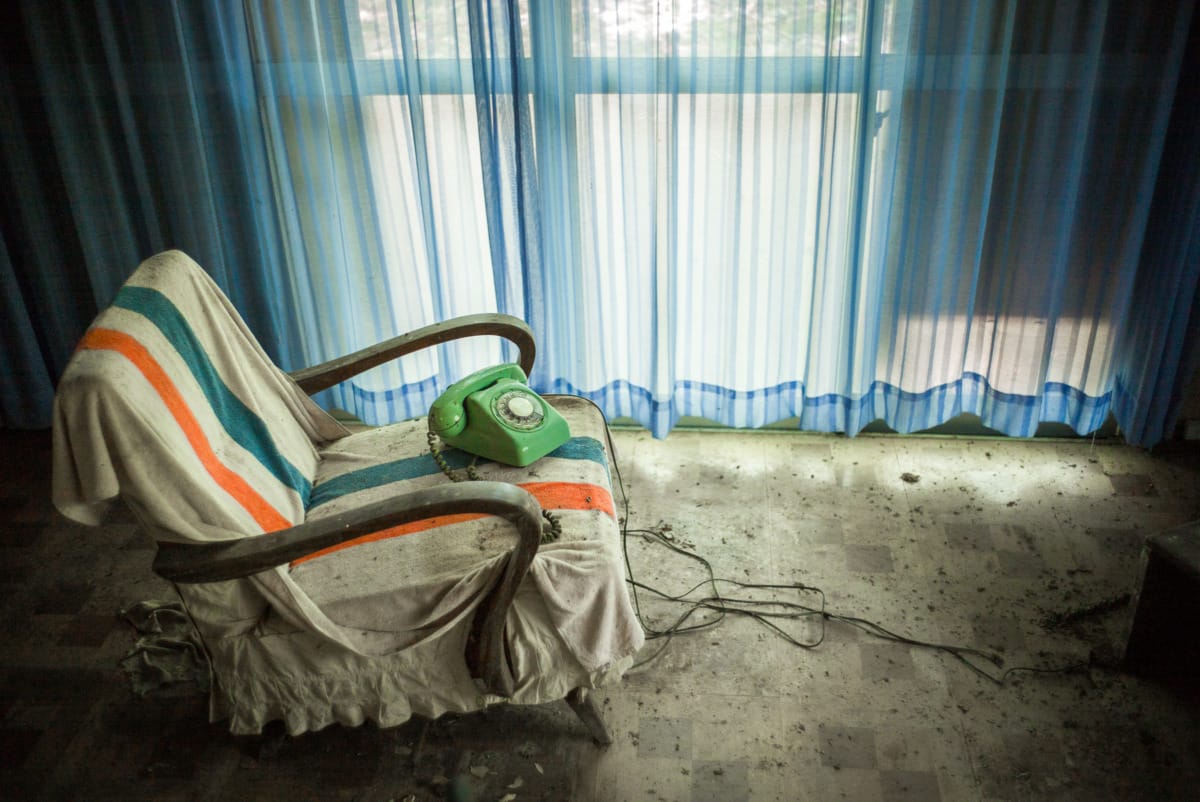
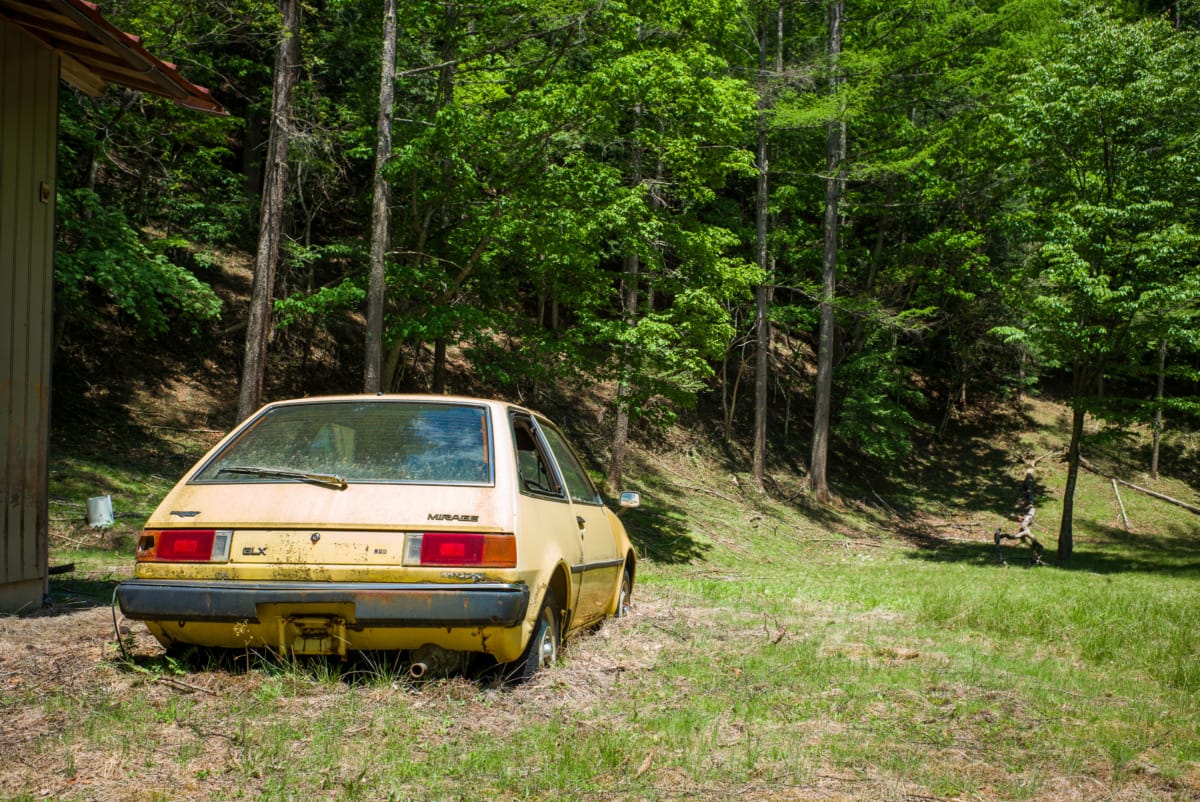
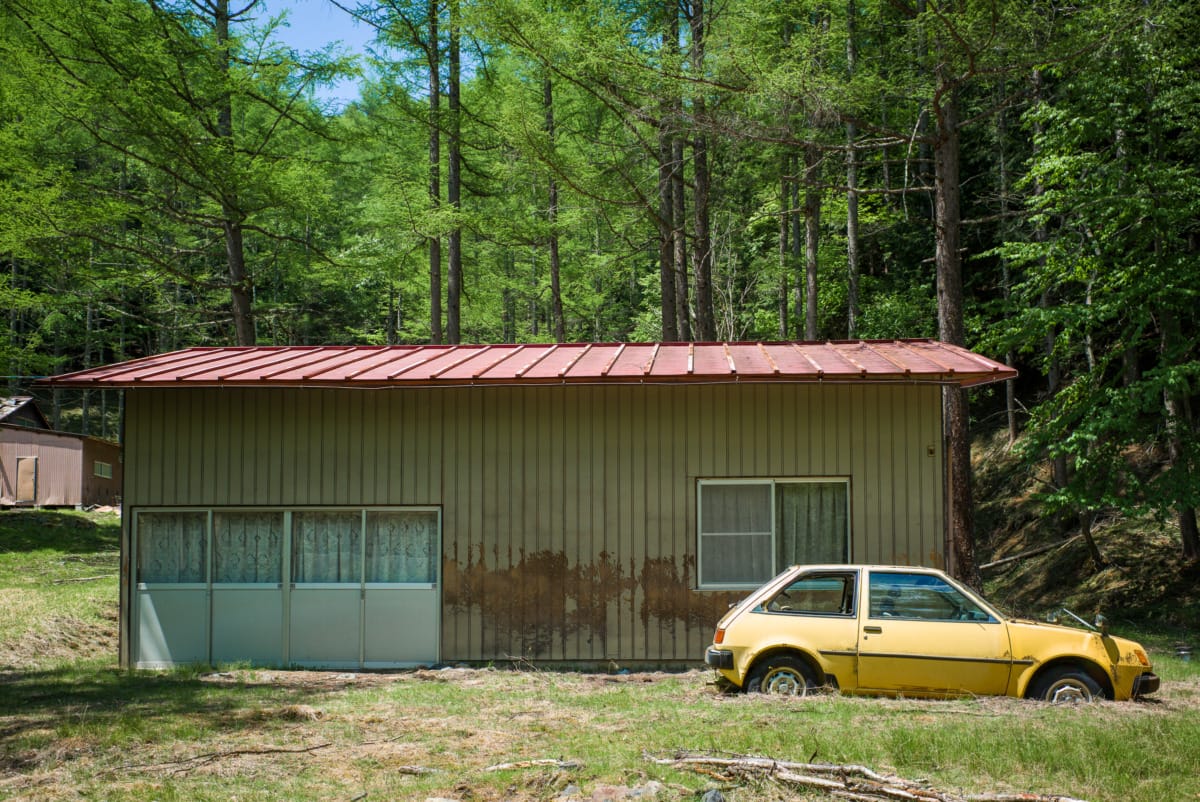
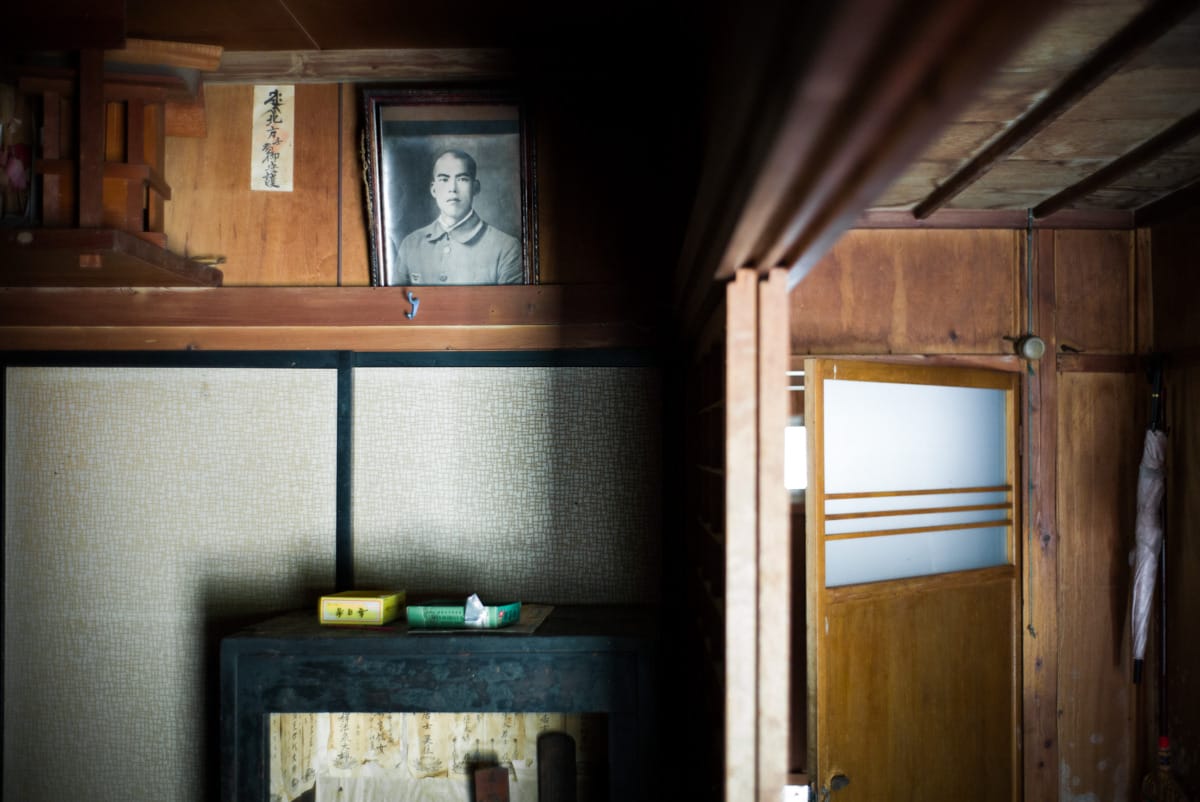
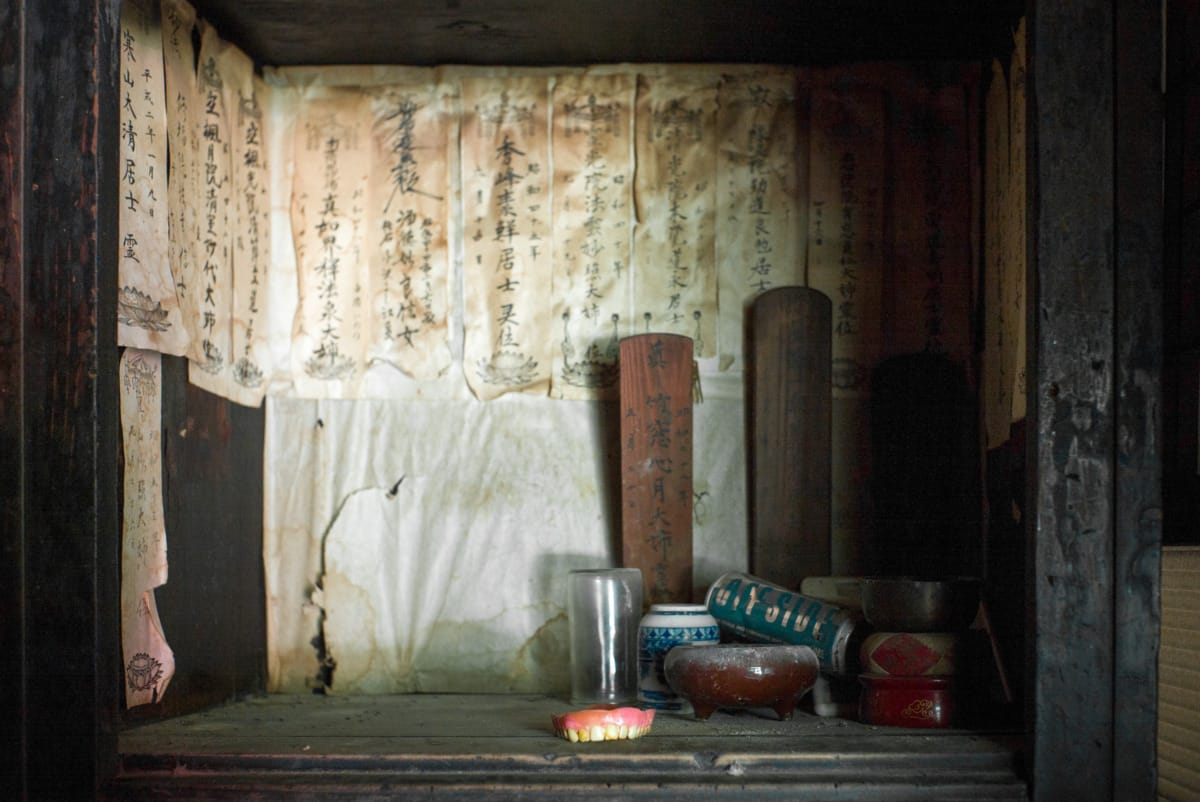
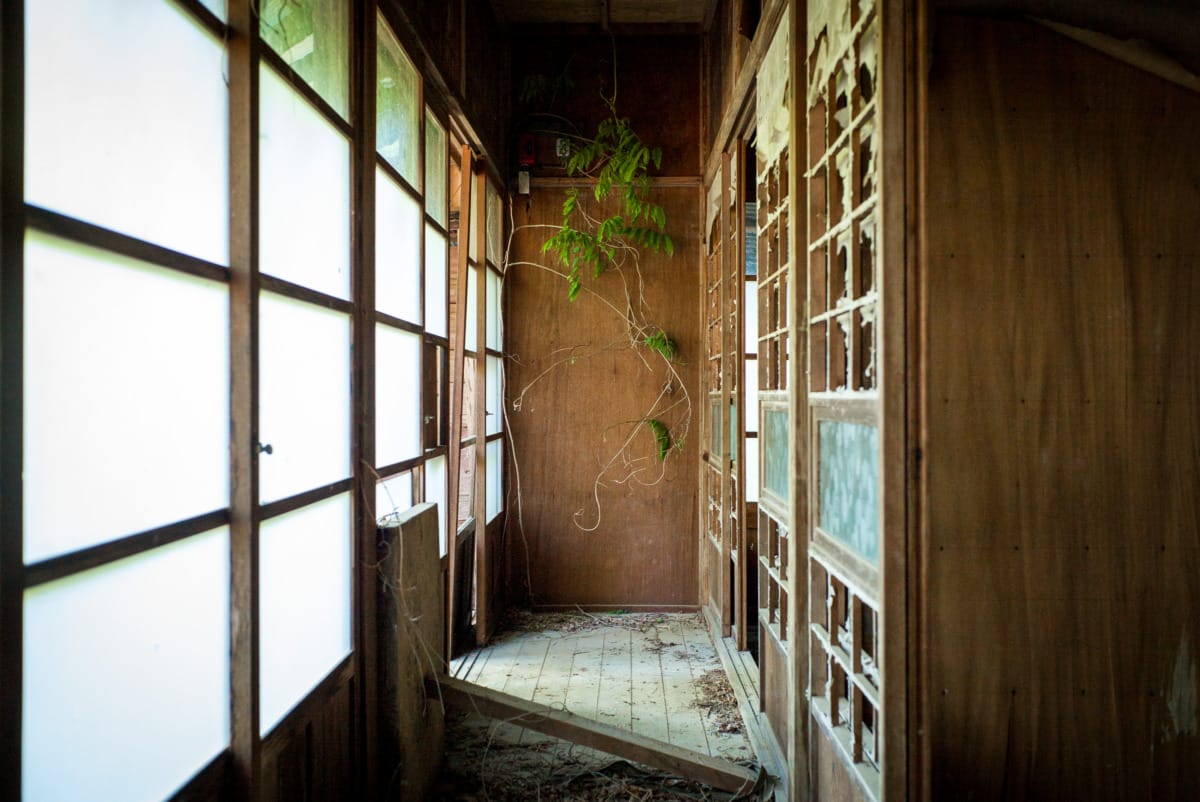


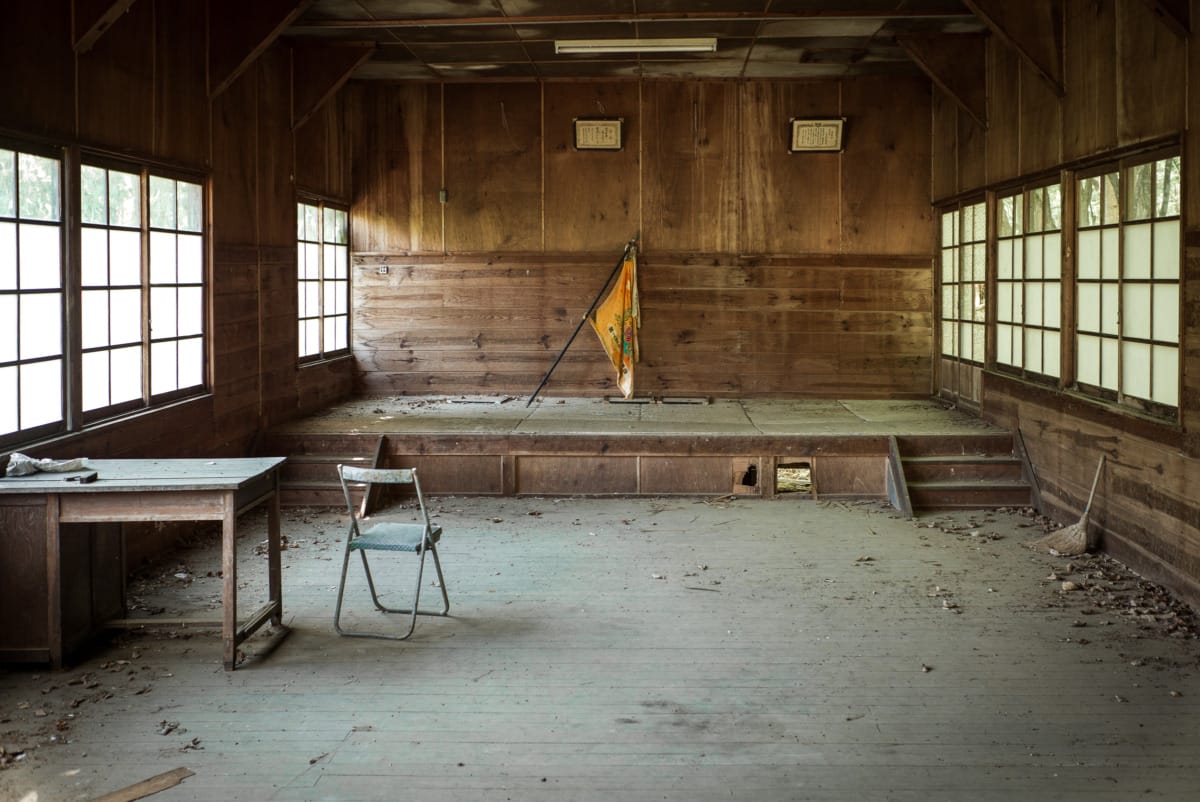
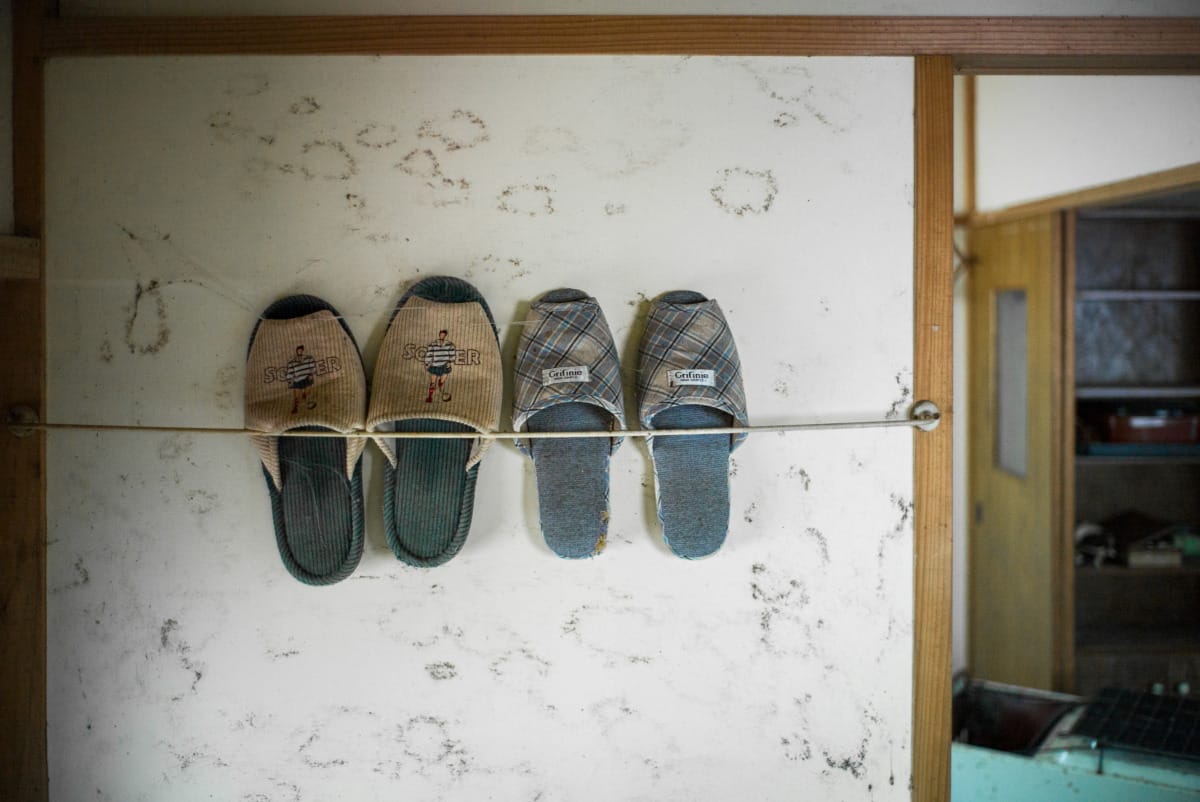
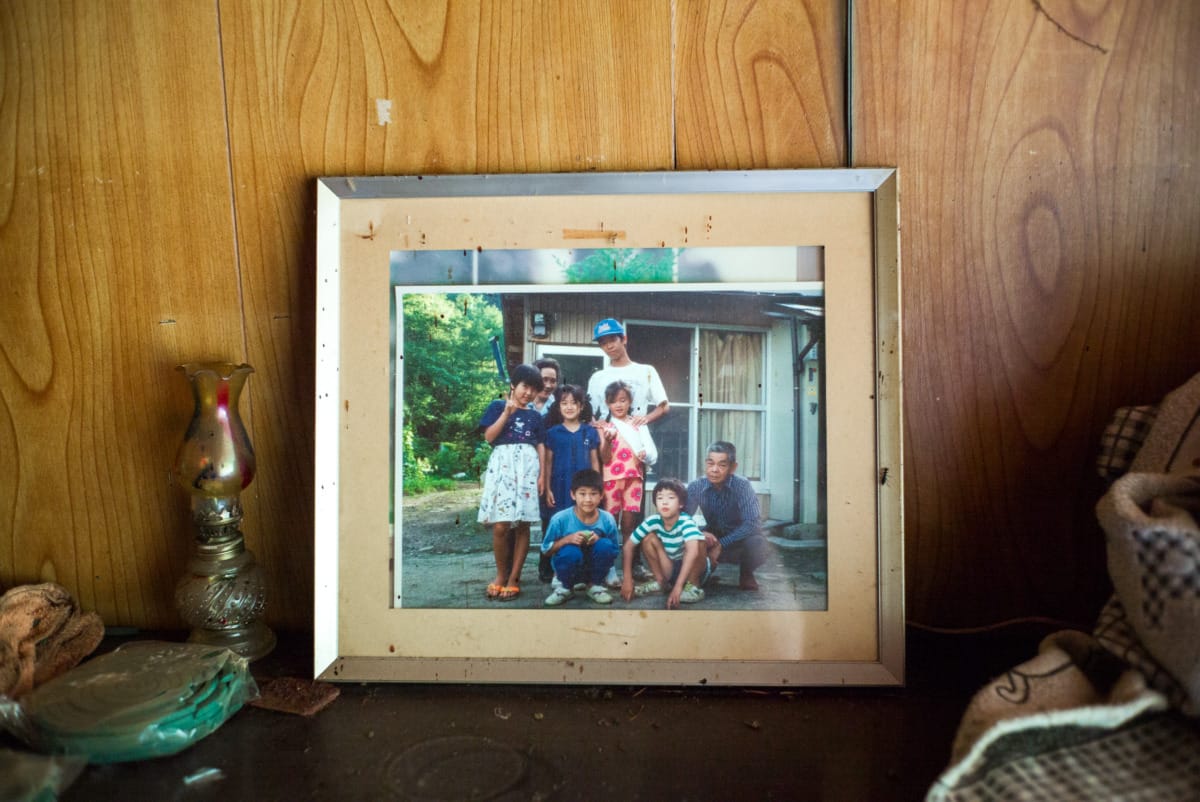
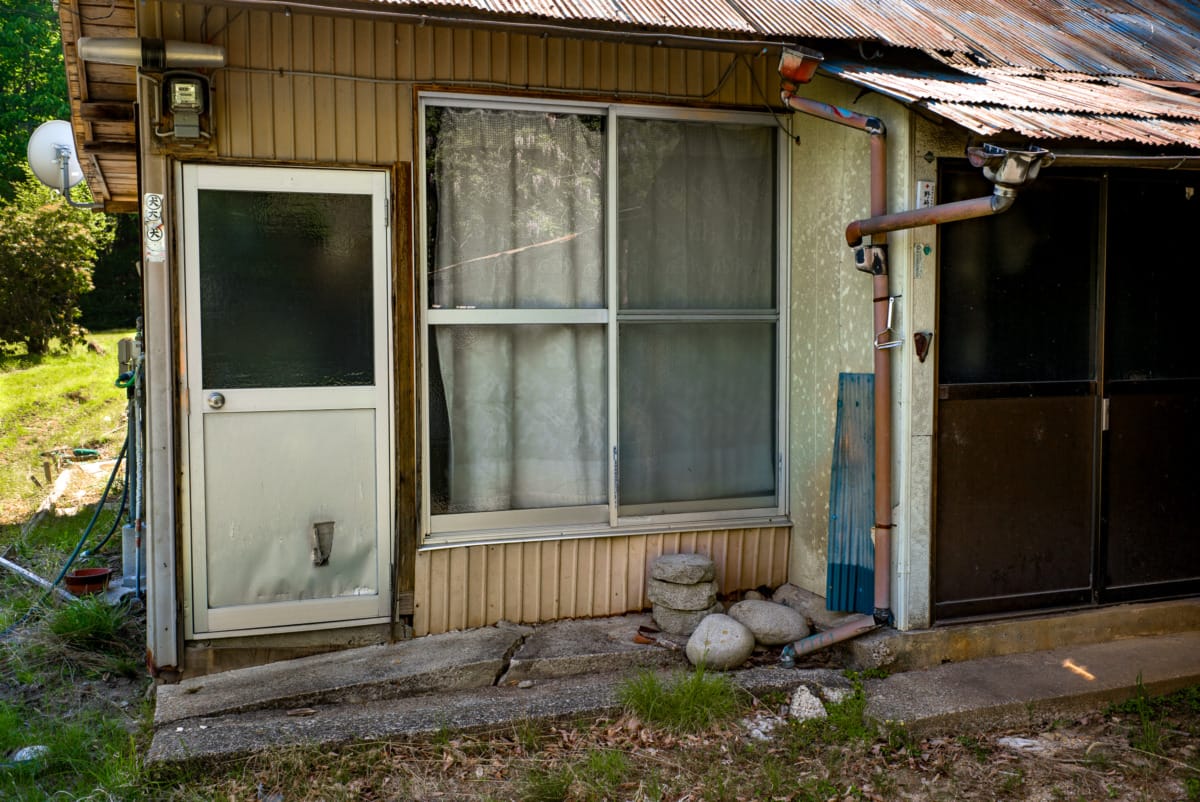
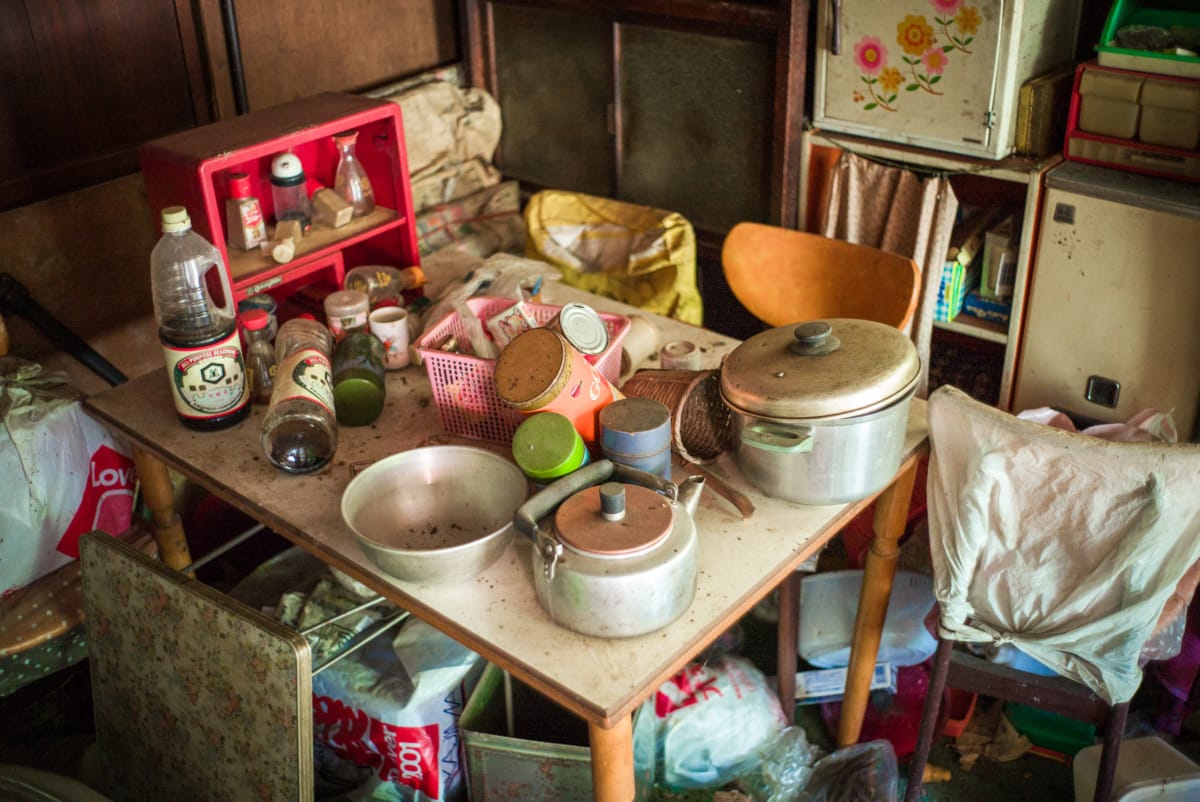
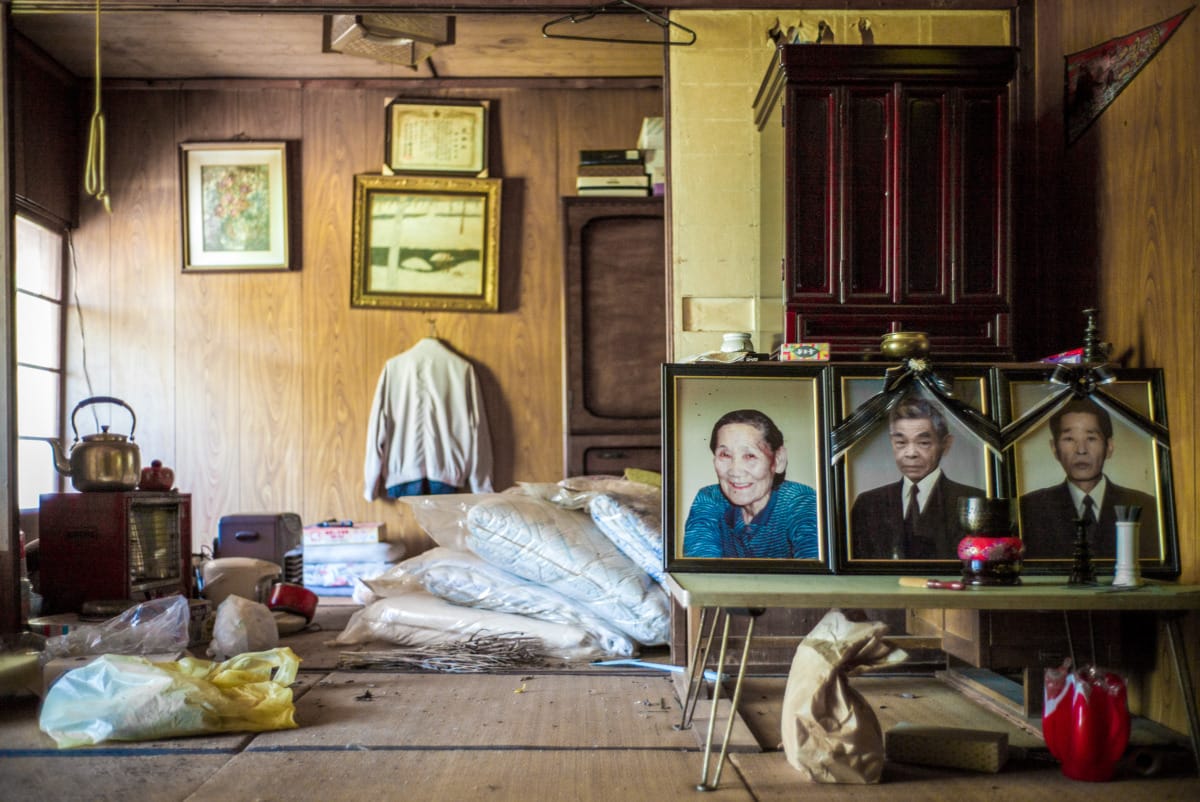
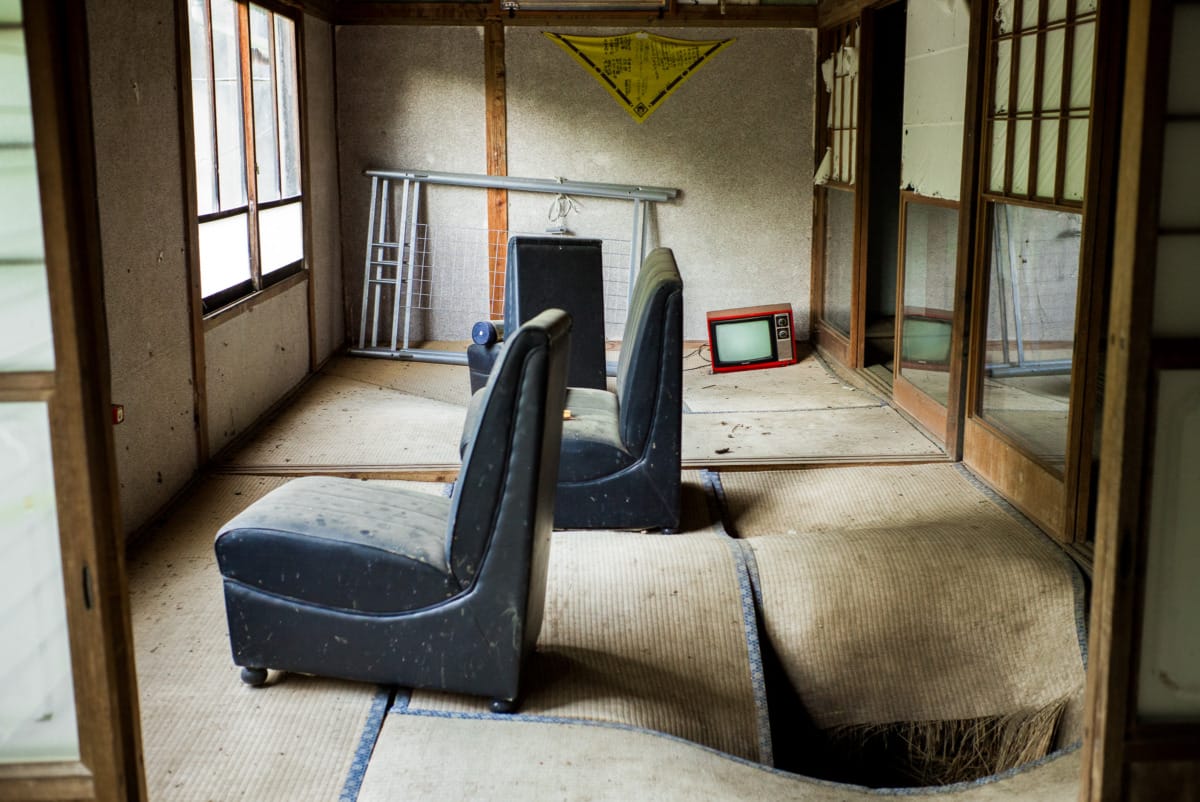
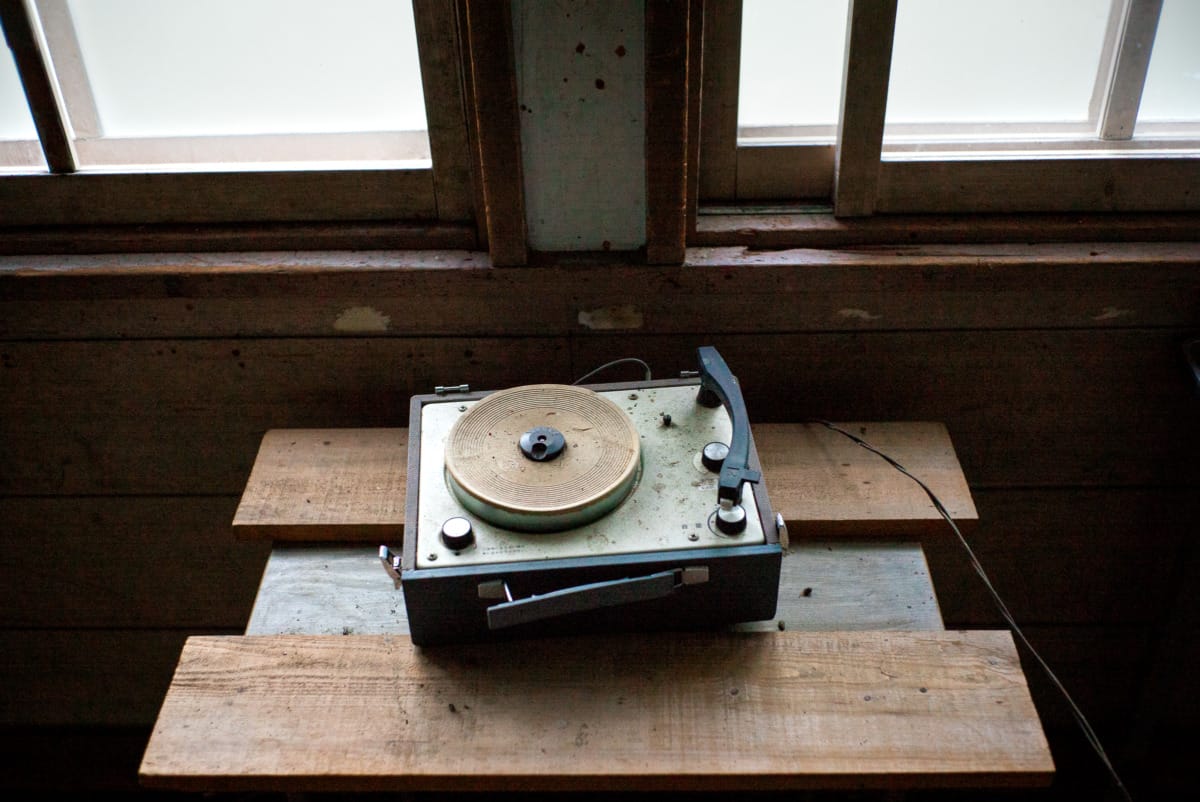
Sean says
The samurai guard would have totally freaked me out! 😮
Lee says
It certainly came as a surprise, but also a welcome one. Don’t find things like that very often.
YesterdaysHero says
Beautiful writing to go with the poignant photographs. Great documentation as always, Lee.
Congrats on the article. Well deserved recognition and a moving interview.
Lee says
Thank you. Glad to hear you like the writing as well. Definitely something I get a lot out of.
And thanks a lot. Ben did such a lovely job with it. Very pleased with how it was written and put together.
Glennis Dolce says
Time stood still and at the same time, marched on.
Lee says
That’s so true. Sums up places like this (and indeed life) perfectly.
Richard says
In addition to fascinating it must also be eerie to be there. There is a photo of a family. I would love to speak with the kids who are now middle aged about what their lives were like then and there. I shall read the interview you did. Thanks!
Lee says
I know eh? I too would love to speak to those who’ll lived there and what memories they have. Also be fascinating to know how often they think about their old home.
Paul says
I was deeply moved by the 3 photographs showing the family, the house today and then the portraits. You immediately recognise the grandparents, but perhaps also the young adult wearing a cap in the family photo.
It’s very touching.
I wonder if the grandchildren have returned to the place since.
Lee says
I couldn’t agree more. Those are the ones that hit me the most. Walking into the room with the funeral photos was very powerful.
I’d like to know that too. Or simply know how often they think about their old home or the place they visited in the holidays.
cdilla says
One of your best documentary series of photographs. Each has an air of solemnity that exudes from it as I pause to take in the details.
Really good interview article in Tokyo Weekender, I won’t deny there was a dampness in my eyes when I finished it. Cool that you shared the issue with an actor we are currently watching in Tokyo Vice.
Lee says
Thank you very much. It was a genuinely special place in so many ways.
Thanks a lot. Ben did such a wonderful job writing that up. Couldn’t be happier. A very therapeutic process too.
scruffy says
Nice to see these photos, and what a great write-up about you and your photos, Lee. Some of the photos used therein are among my favorites.
This documentation that will inform viewpoints for generations. Through the years we’ve lived through urbanization, modernization, urban renewal, gentrification…the whole gamut, however didn’t always document as the past crumbled and then the evidence was removed.
I guess that’s why the phrase ‘the march of time’ was coined.
Lee says
Thanks a lot. It was interesting going back to them. Brought back lots of memories for me as well.
Thank you. Definitely feels important getting photos of places like this and disappearing parts of Tokyo in general. Once they are gone there’s no bringing them back…
Sara A says
The first photo with the green telephone is so incredibly Showa to me. I just love it. Thank you.
Lee says
Thanks and you are very welcome. That scene was special. Such lovely colours too.
NGA says
Whoa… Is that a place (1) recessed space dedicated for the dead? It still holds the wood signs (some families take care as sacred heritage, like a document). We can see the offering bowl to put incense.
(1)
https://m2y8i8f9.rocketcdn.me/wp-content/uploads/abandoned-japanese-village-in-the-mountains7.jpg
Lee says
Yeah, that’s right. Surprising how many of those you see in abandoned homes. And yet at the same time, it’s also understandable people don’t want to take them back to their own homes, even if they are family.